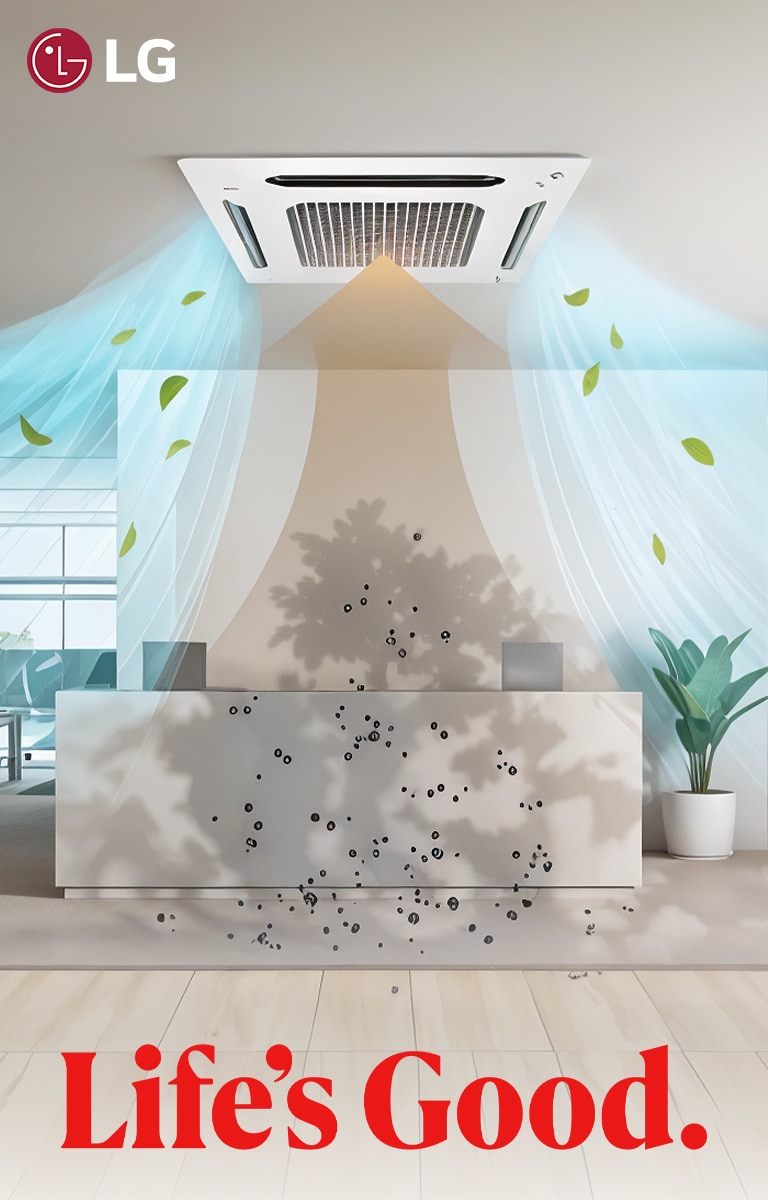-
Tips for a Healthier Home
In today's world, indoor air quality plays a crucial role in maintaining a healthy and comfortable living environment. Many of us spend a significant amount of time indoors, making it essential to address the air quality inside our homes. Poor indoor air quality can lead to health issues like respiratory problems, allergies, and general discomfort. Understanding what causes indoor air pollution and how to combat it is the first step toward ensuring cleaner, fresher air at home.
-
Understanding Indoor Air Pollutants
Indoor air pollutants are contaminants that can negatively affect the air we breathe indoors. These pollutants can originate from various sources, including:
• Dust and Pet Dander: Common allergens that accumulate in carpets, furniture, and air ducts.
Volatile Organic Compounds (VOCs): Released by household products like paints, cleaning supplies, and furniture.
Mold and Mildew: Often caused by high humidity, mold releases spores that can impact air quality.
Tobacco Smoke: A major indoor air pollutant that can lead to serious health risks.
Cooking Fumes: Particulates and gases released during cooking can contribute to indoor pollution.
-
How to Improve Indoor Air Quality
Improving your home's air quality doesn't have to be complicated. By following these simple yet effective tips, you can breathe easier and promote a healthier indoor environment:
1. Ventilate Regularly: Ensure proper airflow in your home by opening windows and doors whenever possible. This helps to flush out indoor pollutants and bring in fresh outdoor air. You can also use exhaust fans in areas like the kitchen and bathroom to remove excess moisture and odors.
Use Air Purifiers: Investing in an air purifier can greatly enhance the air quality in your home. Devices like the LG PuriCare™ AeroTower Air Purifying Fan come equipped with a 360º HEPA filter that captures pollutants, so you can breathe easy all day and operate at a low noise so you don't get disrupted while asleep. It captures 99.97% of fine dust with a 360º HEPA filter together with UVnano technology.
3. Control Humidity: High humidity levels can encourage the growth of mold and mildew. Use dehumidifiers to maintain humidity levels between 30-50%, ensuring a balance that prevents dampness without drying the air too much.
4. Keep Your Space Clean: Regular cleaning can minimize the presence of dust and allergens. Vacuum carpets, wipe surfaces, and wash linens frequently. Opt for a vacuum cleaner with a HEPA filter to trap tiny particles that may be missed by standard vacuums.
5. Choose Low-VOC Products: When buying household items like paints, furniture, or cleaning supplies, look for products labeled "low VOC" or "VOC-free." These options release fewer harmful chemicals into your home's air.
6. Indoor Plants: Certain houseplants can act as natural air filters, helping to remove pollutants like formaldehyde and benzene from the air. Plants like peace lilies, snake plants, and spider plants are great for this purpose.
7. Maintain Your HVAC System: Your heating, ventilation, and air conditioning (HVAC) system plays a vital role in circulating air throughout your home. Regularly clean or replace air filters and consider scheduling professional maintenance to ensure your system is operating efficiently.
-
Monitoring Air Quality: The Importance of the Air Quality Index (AQI)
The Air Quality Index (AQI) is a valuable tool for measuring outdoor air quality, but it can also inform indoor air management. Keeping an eye on local AQI readings helps you know when to take extra precautions, such as limiting open windows on days with poor outdoor air quality. Indoor air monitoring devices can help you track the air quality inside your home as well.
-
Conclusion
Achieving good air quality indoors requires a proactive approach. By addressing the sources of indoor air pollution, maintaining your HVAC system, and using air purifiers like those from LG’s Air Solutions, you can significantly improve the air you breathe. Clean air is vital for your health and well-being, and a few simple changes can make a big difference in creating a fresher, healthier living environment.




